Harnessing Artistic Expression to Empower Children with Autism
Exploring the Intersection of Behavioral Science and Creative Arts
Children with autism spectrum disorder (ASD) often face challenges with communication and emotional regulation. While traditional behavioral therapies like Applied Behavior Analysis (ABA) have long been the cornerstone of autism treatment, recent developments highlight the powerful role of creative arts as an emotional outlet. This article delves into how combining ABA with art-based therapies—including innovative digital art techniques—can foster emotional expression, improve communication, and support overall development in children with ASD.
Understanding Applied Behavior Analysis (ABA) Therapy in Autism Treatment

What is Applied Behavior Analysis (ABA) therapy and how is it used in autism treatment?
Applied Behavior Analysis (ABA) therapy is a scientifically grounded treatment method based on principles of learning and behavior. It aims to increase helpful behaviors and reduce harmful or unproductive ones in individuals with autism spectrum disorder (ASD).
Definition and principles of ABA
ABA focuses on the science of behavior, particularly how behavior is influenced by antecedents (what happens before), behaviors themselves, and consequences (what follows). This A-B-C analysis allows therapists to identify and modify behaviors effectively.
Behavioral goals in autism treatment
ABA therapy targets a range of goals including improving communication, social skills, daily living skills, emotional regulation, play, motor skills, and academic abilities. By enhancing these areas, individuals with autism can achieve greater independence and quality of life.
Techniques used in ABA
A foundation of ABA is the use of positive reinforcement, where desirable behaviors are encouraged through rewards like praise, toys, or preferred activities. Other techniques include prompting, modeling, and shaping behaviors to build essential skills gradually.
Individualized and data-driven approach
ABA programs are highly personalized to each individual’s strengths, challenges, and needs. Board Certified Behavior Analysts (BCBAs) conduct detailed assessments and design tailored intervention plans. Progress is tracked continuously through data collection, allowing adjustments to strategies and goals as required.
Settings and delivery of ABA therapy
ABA can be delivered in diverse environments such as homes, schools, and community settings. This flexibility helps integrate skill-building in real-life situations, optimizing learning opportunities.
ABA therapy is widely recognized as an evidence-based best practice for autism treatment by reputable organizations, including the US Surgeon General and the American Psychological Association. Its structured, compassionate, and flexible approach supports children and adults with ASD in developing practical skills and enhancing overall functioning.
Who Provides ABA Therapy and How Is It Delivered?
Who typically provides ABA therapy for individuals with autism?
ABA therapy for individuals with autism is typically delivered by a multidisciplinary team of trained professionals. Central to this team are Board-Certified Behavior Analysts (BCBAs), who are experts responsible for designing and supervising individualized treatment plans tailored to each child’s unique strengths and challenges.
Registered Behavior Technicians (RBTs) play a crucial role as well, implementing daily therapy sessions under the close guidance of BCBAs. These therapists work directly with children to carry out ABA techniques such as positive reinforcement and behavior modification strategies based on ongoing data collection. In some cases, professionals like educators and specialists trained in behavioral analysis and autism may also participate in therapy delivery, ensuring a collaborative and comprehensive approach.
Settings for therapy delivery
ABA therapy is versatile and can be provided in multiple environments, including a child's home, educational settings, or community locations. This flexibility allows the therapy to integrate seamlessly into everyday situations important for practical skill development and generalization of learned behaviors.
Importance of provider expertise and program integrity
The overall effectiveness of ABA therapy largely depends on the competence and dedication of the providers. BCBAs ensure that therapy programs are based on detailed assessments and tailored goals. Continuous progress monitoring allows for adjustments to the treatment plan, maintaining program integrity and promoting meaningful outcomes for children with autism.
ABA therapy’s recognition as an evidence-based best practice by leading institutions like the US Surgeon General underscores the importance of skilled professionals delivering the therapy. Families and caregivers are encouraged to inquire about the qualifications of providers, the structure of therapy, and other important factors to ensure quality care.
Behavioral Goals of ABA Therapies in Autism Treatment
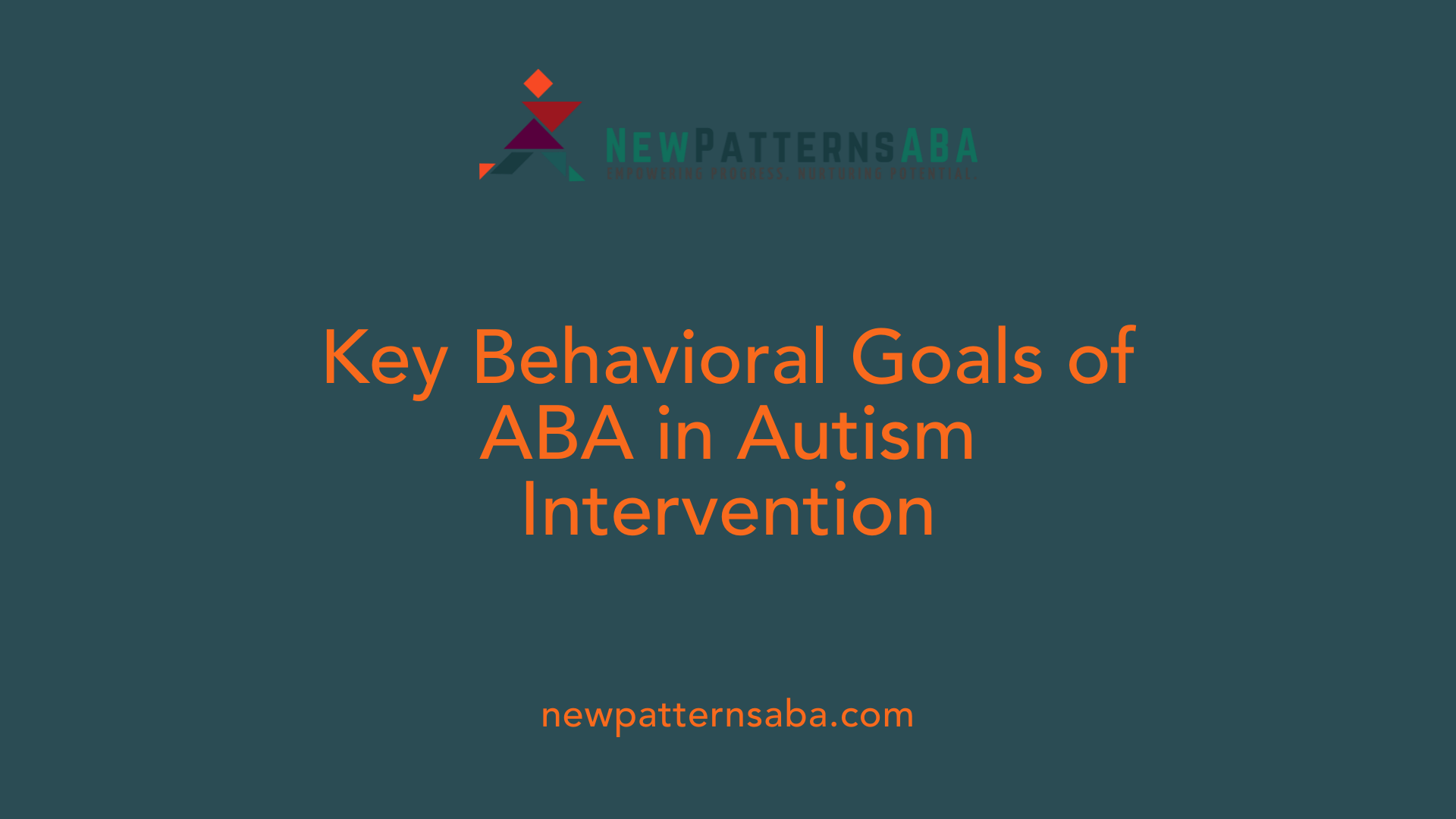
What are the main goals of behavioral analysis therapies in autism?
Applied Behavior Analysis (ABA) therapies aim to increase adaptive and socially important skills in children with autism. These include communication abilities, social interaction skills, daily living routines, and community engagement. At the same time, ABA targets reducing problematic behaviors such as aggression or self-injury.
The focus is on helping children achieve greater functional independence and improve their overall quality of life. By tailoring programs to each child's unique strengths and challenges, behavior analysts develop personalized goals that address communication, social skills, self-care, play, motor, and academic skills.
ABA uses positive reinforcement to encourage helpful behaviors. When a child displays a desirable behavior, it is immediately rewarded with praise, toys, or access to preferred activities. This method increases the likelihood of the behavior recurring.
Another foundational technique is the ABC model—antecedents, behaviors, and consequences—which helps therapists understand and modify behavior patterns effectively. By analyzing what happens before and after a behavior, therapists can identify triggers and reinforce positive responses.
Through ongoing data collection and progress monitoring, ABA ensures goals remain relevant and strategies adapt as the child develops. This evidence-based approach has been endorsed by experts such as the U.S. Surgeon General and the American Psychological Association for its effectiveness in autism treatment.
Ultimately, ABA therapy focuses on meaningful progress tailored to each individual's needs, supporting skills that promote independence and a better quality of life rather than simply aiming to normalize behavior.
Art Therapy: A Nonverbal Emotional Outlet for Children with ASD
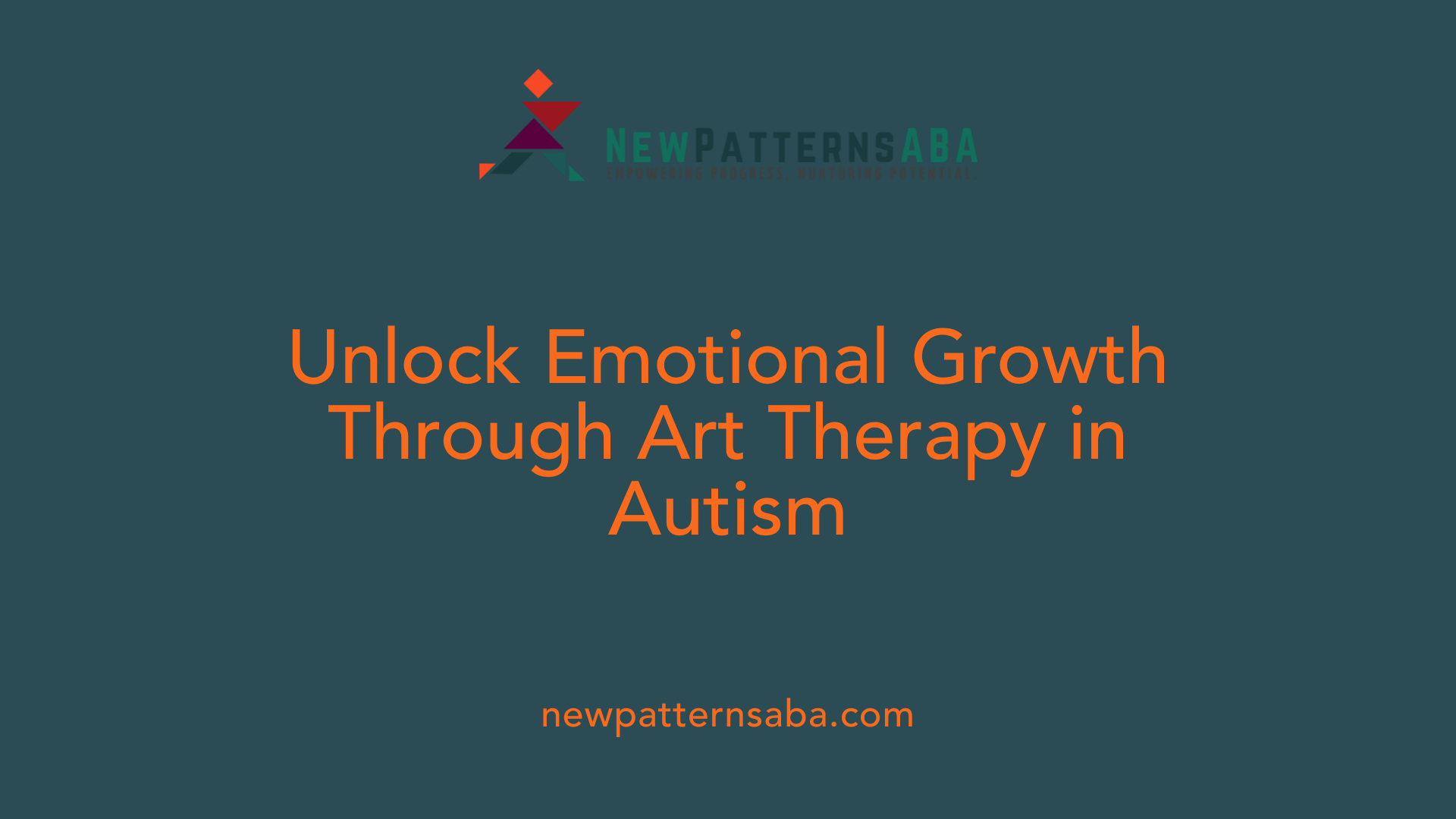
How Does Art Therapy Facilitate Nonverbal Expression in Children with ASD?
Art therapy provides children with autism spectrum disorder (ASD) a vital alternative form of communication through creative, nonverbal means. Using visual arts, children can express emotions and thoughts that might be difficult to convey verbally. This symbolic expression allows them to share their feelings and experiences in a safe, supportive environment.
Can Art Therapy Help Reduce Anxiety and Build Confidence?
Yes, engaging in art therapy helps lower anxiety levels by providing a constructive outlet for emotions. The creative process fosters a sense of accomplishment and self-worth, which builds confidence. Children with ASD often find reassurance in the structure and predictability of art activities, further contributing to emotional regulation.
Why Is Art Therapy Particularly Suitable for Children Who Struggle with Verbal Communication?
Many children with ASD face challenges in verbal communication due to language delays or social difficulties. Art therapy bypasses these barriers by allowing them to communicate through colors, shapes, and images instead of words. This form of expression reduces frustration and isolates anxiety linked to traditional speech-based interactions.
What Are the Emotional and Therapeutic Benefits of Art Therapy?
Beyond emotional catharsis, art therapy aids children in identifying and processing complex feelings. It supports emotional regulation, reduces emotional distress, and enhances self-understanding. Studies highlight how digital art therapy in particular can improve language and sensory skills by encouraging emotional symbolism and interactive creation.
Through its nonverbal, creative modes, art therapy complements other interventions, promoting holistic growth in emotional and social domains for children with ASD.
Synergizing ABA and Art Therapy: A Holistic Approach
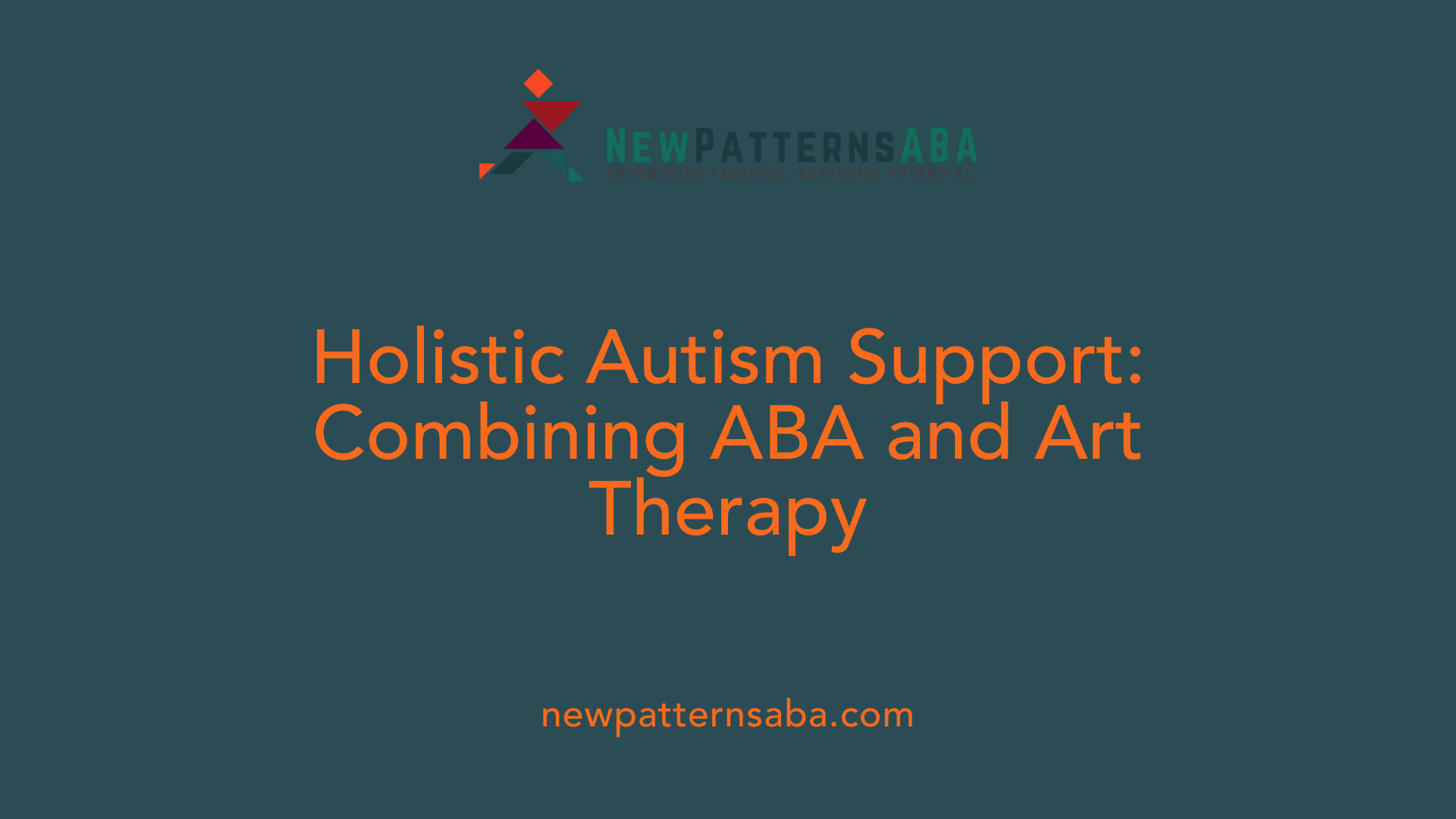
Combining behavioral and emotional therapies
Integrating Applied Behavior Analysis (ABA) with art therapy provides a comprehensive approach to supporting children with autism spectrum disorder (ASD). ABA focuses on enhancing communication, daily living skills, and social interactions through scientifically grounded behavior reinforcement. Art therapy complements this by offering a nonverbal outlet for emotional expression, reducing anxiety and building confidence, especially for children who may struggle with verbal communication.
Using art to explore frustrations and guide communication goals
Art functions as a symbolic language in therapy, enabling children to visually express frustrations and emotions that they might find difficult to articulate verbally. This expression helps therapists identify emotional triggers and guide communication targets within ABA sessions. For example, children create drawings or digital artworks reflecting nature or personal feelings, which opens pathways for discussing emotions, enhancing both emotional regulation and communication skills.
Personalizing therapy to child’s strengths and challenges
Therapeutic programs combining ABA and art therapy are highly personalized. Specialists consider each child's unique strengths, challenges, and developmental needs. This tailored approach ensures that interventions are relevant and effective, addressing diverse skill areas like social skills, self-care, language, and sensory abilities. Data collection and progress monitoring enable continuous adjustment to therapy goals based on ongoing assessments.
Child-centered, compassionate delivery
Delivery of these therapies prioritizes a compassionate, child-centered environment. Therapists focus on fostering resilience, self-understanding, and confidence, celebrating individual strengths throughout the process. This nurturing method encourages active participation and positive experiences, making therapy sessions motivating and supportive for children with ASD.
Combining ABA and art therapy offers an innovative, holistic model addressing both behavioral and emotional development. By weaving together structured behavioral techniques with creative, emotional expression, this integrated approach supports healthier communication, emotional growth, and social interaction in children with autism.
Digital Art Emotional Expression Therapy: Innovations in Autism Support
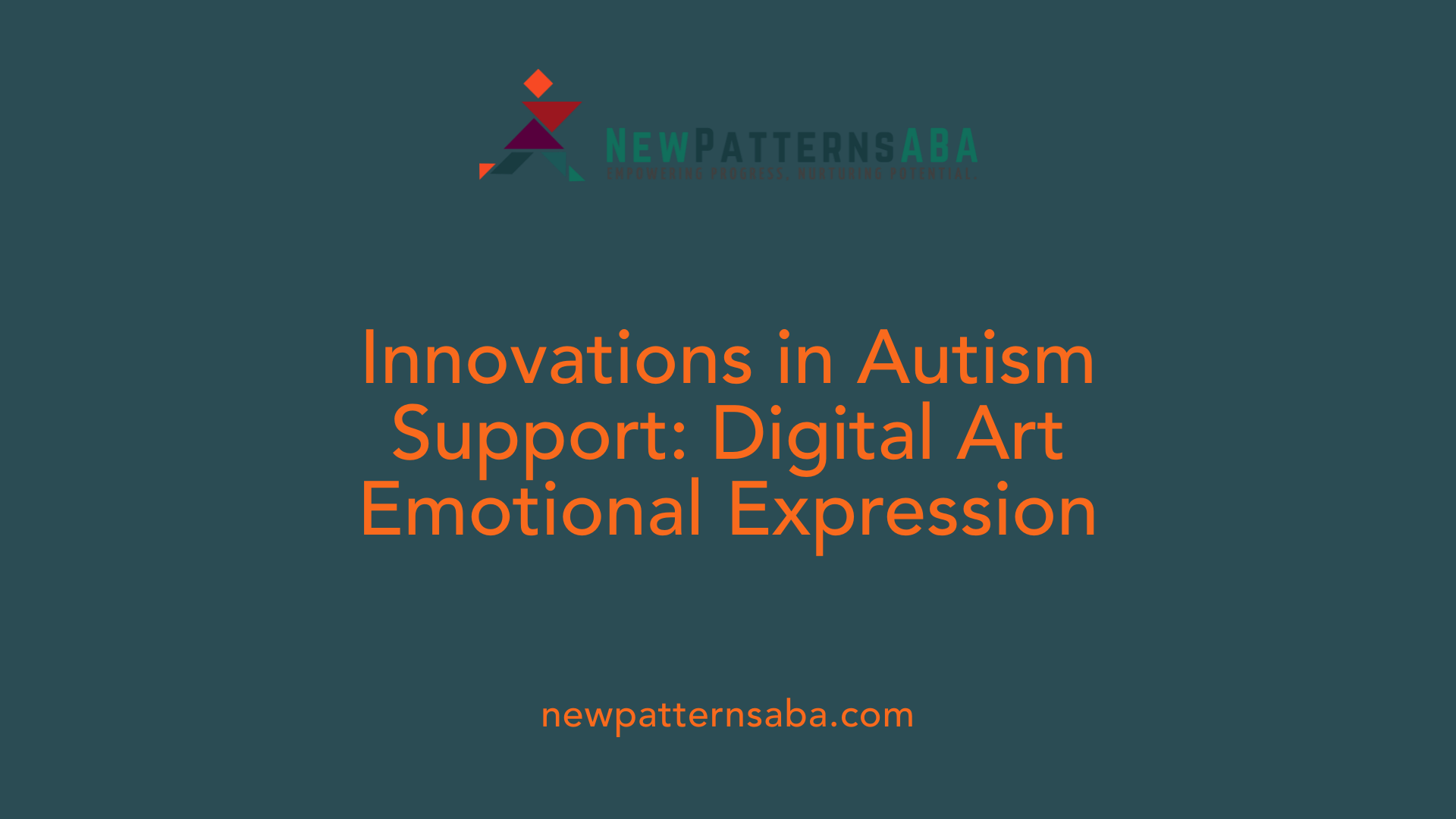
How Does Digital Art Serve as an Expressive Medium for Children with Autism?
Digital art offers children with autism spectrum disorder (ASD) a unique, non-verbal way to express their feelings and ideas symbolically. Using digital tools, these children can create images and scenes that reflect their emotions and wishes, facilitating improved emotional understanding and communication. This medium is especially helpful for those who struggle with traditional verbal communication, providing an accessible outlet for self-expression.
What Was the Study Setup for Digital Art Emotional Expression Therapy With Young Children?
A recent study involving 30 children with autism aged 2 to 8 tested the effectiveness of digital art emotional expression therapy. The children were split into experimental and control groups. Those in the experimental group engaged in eight weeks of digital art therapy combined with regular rehabilitation training, while the control group received standard care. This design aimed to assess whether integrating digital art could boost developmental outcomes.
What Types of Activities Are Included in Digital Art Therapy Sessions?
The therapy sessions included several key activities:
- Appreciating digital artwork created by others, which helped children connect with visual expressions
- Sharing emotional responses to various digital images, encouraging emotional recognition and empathy
- Creating themed digital paintings focused on nature, enabling creative exploration and personal expression These activities enabled children to explore feelings such as frustration or joy in a safe environment.
How Does Sharing Emotional Responses and Appreciating Art Aid Children?
Discussing emotional reactions to digital artworks encourages children to identify and verbalize feelings, supporting communication goals. Art appreciation nurtures social interaction and empathy by involving children in interpreting and responding to external stimuli. This process complements more traditional therapies by addressing emotional and social needs through creative engagement.
Positive Outcomes of Digital Art Therapy in Autism
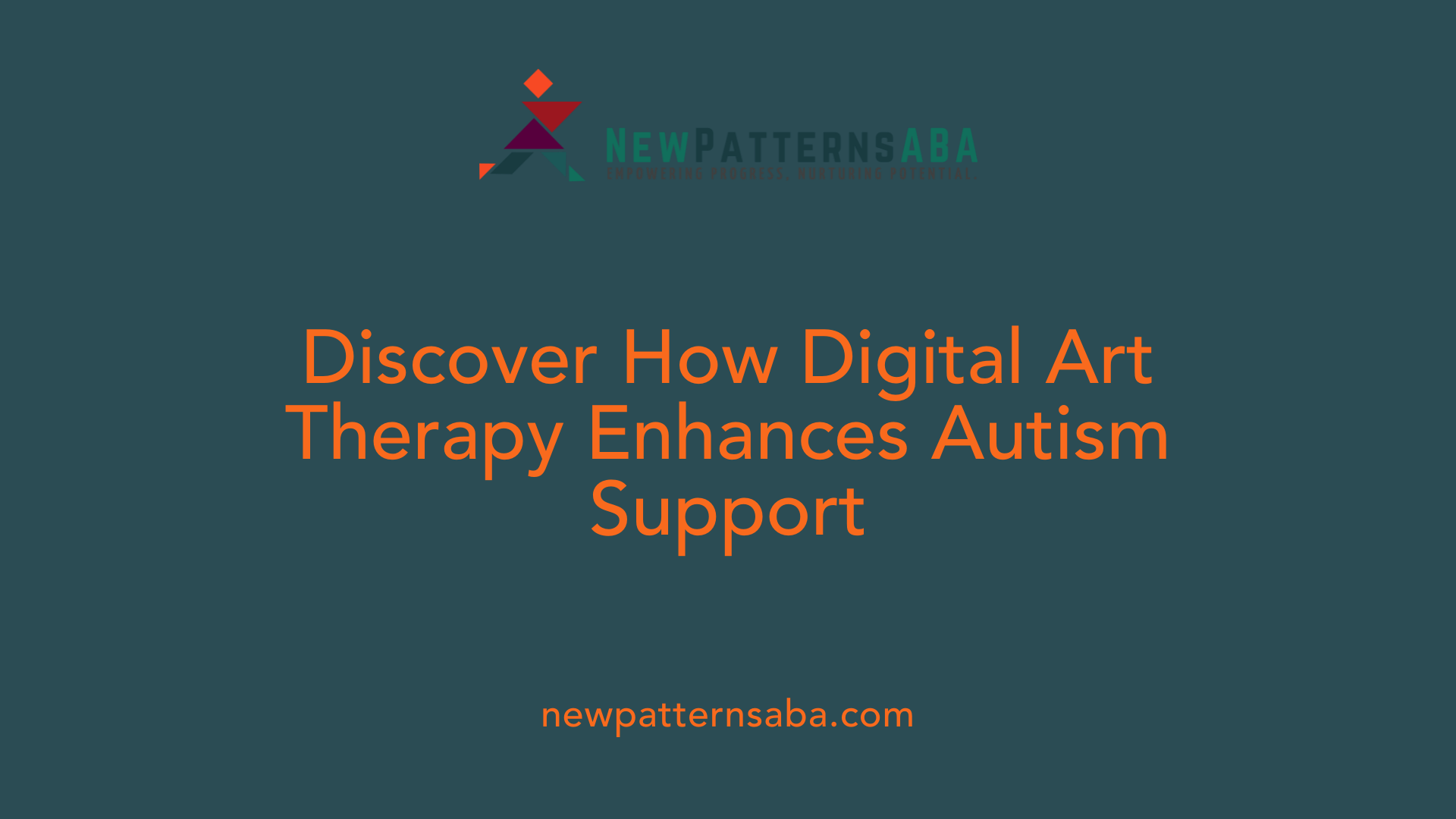
Improvements in Language and Communication
Digital art emotional expression therapy has demonstrated significant improvements in language and communication skills among children with autism spectrum disorder (ASD). In a recent study involving 30 children aged 2 to 8, those receiving digital art therapy alongside conventional rehabilitation showed better verbal abilities and communication compared to those in the control group. This enhancement is attributed to the therapy's ability to encourage children to express emotions and thoughts nonverbally, thereby strengthening their overall communication foundations.
Enhancements in Sensory Abilities
Children engaging in digital art therapy also experienced notable gains in sensory processing. The therapy activities — such as creating themed digital paintings inspired by nature and appreciating digital artworks — helped improve sensory integration. This sensory engagement supports the development of self-regulation and allows children with ASD to better interpret and respond to their sensory environment.
Facilitation of Symbolic Emotional Expression
Digital art therapy provides a symbolic platform where children with autism can represent their emotions and wishes visually. This nonverbal medium is especially beneficial for those who struggle with verbal expression. By translating feelings into visual art, children gain a constructive outlet for exploring and managing frustrations, anxieties, and emotional challenges, promoting healthier emotional understanding.
Measured Results Using Standardized Scales like ATAS and CARS
The study utilized standardized tools such as the Autism Treatment Assessment Scale (ATAS) and the Childhood Autism Rating Scale (CARS) to quantify improvements pre- and post-therapy. Results reflected significant positive changes in language, communication, sensory abilities, and overall emotional development for participants in the experimental group, validating the effectiveness of digital art therapy as a complementary intervention in ASD treatment.
Promoting Emotional Understanding and Social Interaction Through Visual Arts
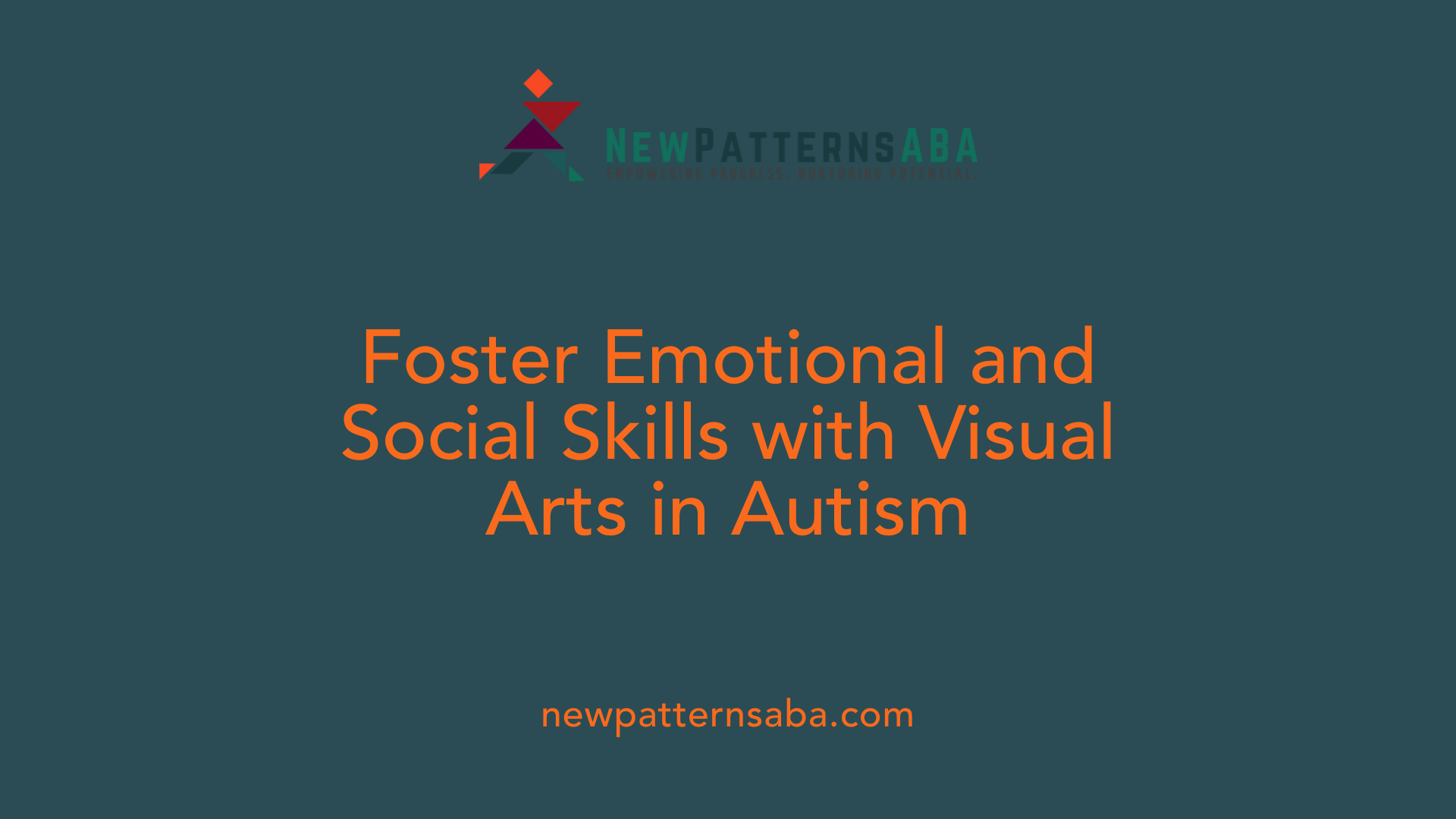
Visual arts as a nonverbal, expressive medium
Visual arts serve as a powerful nonverbal channel for children with autism spectrum disorder (ASD) to express emotions and wishes. Digital art, for example, creates a symbolic way for children to communicate feelings that may be difficult to verbalize, enabling them to share their inner experiences through creative outlets.
Reducing emotional distress in children with ASD
Engaging in art therapy helps reduce anxiety and emotional distress by providing a safe and supportive environment where children can explore and manage their feelings. Activities such as creating themed digital paintings evoke emotional responses that promote relaxation and confidence.
Aiding emotional and cognitive development
The integration of digital art emotional expression therapy alongside conventional rehabilitation has demonstrated significant improvements in language, communication, and sensory processing abilities. This approach encourages children to develop emotional awareness and cognitive skills through interaction with visual art, fostering essential growth in these areas.
Supporting healthier social interactions
By using art to explore and express frustrations or emotions, children enhance their ability to relate to others. Artistic expression builds confidence and promotes social engagement, serving as a bridge to stronger communication and interpersonal connections.
Overall, visual arts provide an effective, evidence-supported method to enhance emotional regulation and social interaction in children with ASD, complementing other therapies to support comprehensive developmental progress.
Personalizing Autism Therapies: Celebrating Strengths and Building Resilience

Individualized Therapy Plans
Therapies for children with autism spectrum disorder (ASD) are tailored to each child's unique needs. Specialists such as Board Certified Behavior Analysts (BCBAs) create customized programs based on thorough assessments of individual skills and challenges. This personalized approach ensures interventions align closely with what will benefit the child most, promoting meaningful progress.
Focusing on Unique Strengths and Challenges
Understanding a child's distinct strengths is as important as recognizing challenges. Therapy providers emphasize identifying and celebrating these strengths while addressing areas needing support. This balance helps maintain the child's motivation and self-esteem throughout the therapeutic journey.
Building Practical Skills and Self-Understanding
Therapies like Applied Behavior Analysis (ABA) focus on teaching practical skills—ranging from communication and social interaction to daily living and motor abilities. Alongside skill development, emotional regulation and self-awareness are cultivated, helping children better understand themselves and their emotions.
Importance of Resilience and Confidence in Therapy
Fostering resilience and confidence is a vital goal in autism therapies. When children experience success in skill-building and receive compassionate support, they gain self-assurance. This empowerment encourages greater independence and a positive outlook, enhancing overall wellbeing.
By aligning therapy to the child's individual profile and celebrating their unique traits, providers offer a compassionate, child-centered approach. This method not only builds essential skills but also nurtures emotional strength and a hopeful path forward.
Accessing and Navigating Therapies: Practical Considerations for Families

Insurance Coverage and Medical Necessity
Families seeking Applied Behavior Analysis (ABA) therapy should first verify their health insurance coverage. Many private insurance plans and Medicaid cover ABA services when they are deemed medically necessary for the child. This coverage is crucial due to the structured and ongoing nature of ABA interventions.
Steps to Obtain ABA Therapy
The process typically starts with consulting a medical provider who can evaluate the child and provide a diagnosis or recommendation for ABA. Next, families should confirm insurance benefits and understand coverage limits. Afterward, they can contact certified ABA providers, such as Board Certified Behavior Analysts (BCBAs), to arrange an initial evaluation.
Questions to Ask Providers About Qualifications and Safety
When selecting a provider, parents should ask about the qualifications of the staff, including certifications and experience with children with autism spectrum disorder. It is also important to inquire about the therapy structure, how goals are set and adjusted, and what safety protocols are in place during sessions. Additionally, confirming which insurance plans the provider accepts can prevent unexpected expenses.
Collaborative Approach Between Providers and Families
Effective therapy involves collaboration between providers and families. Personalized programs are tailored to each child's unique strengths and challenges, and ongoing communication ensures that goals are relevant and progress is monitored. Families play a crucial role in reinforcing skills learned during therapy and supporting their child's development at home.
These practical steps and considerations help families navigate access to ABA and complementary therapies, ensuring that children with autism receive individualized and compassionate support.
Embracing Artistic Expression to Enrich Autism Therapy
Creative arts, especially when integrated with established therapies like ABA, open new pathways for children with autism to express emotions, develop communication skills, and gain confidence. Innovative approaches such as digital art therapy demonstrate measurable benefits, enhancing emotional understanding and social interaction. Personalized, compassionate therapy models that celebrate individual strengths offer promising futures for children with ASD, empowering them to build resilience and thrive. As awareness grows, families and providers alike can explore these enriching therapeutic options to support the multifaceted needs of children on the autism spectrum.
References
- How Art Therapy and ABA Help Children with Autism Thrive
- Effect of Digital Art Emotional Expression Therapy on the ...
- Applied Behavior Analysis (ABA)
- Applied Behavior Analysis (ABA)
- Applied Behavior Analysis (ABA)
- Treatment and Intervention for Autism Spectrum Disorder
- Applied Behavior Analysis (ABA)
- Applied Behavior Analysis (ABA)
- ABA Therapy Goals: 25 Practical Examples & Timelines
- Applied Behavior Analysis






